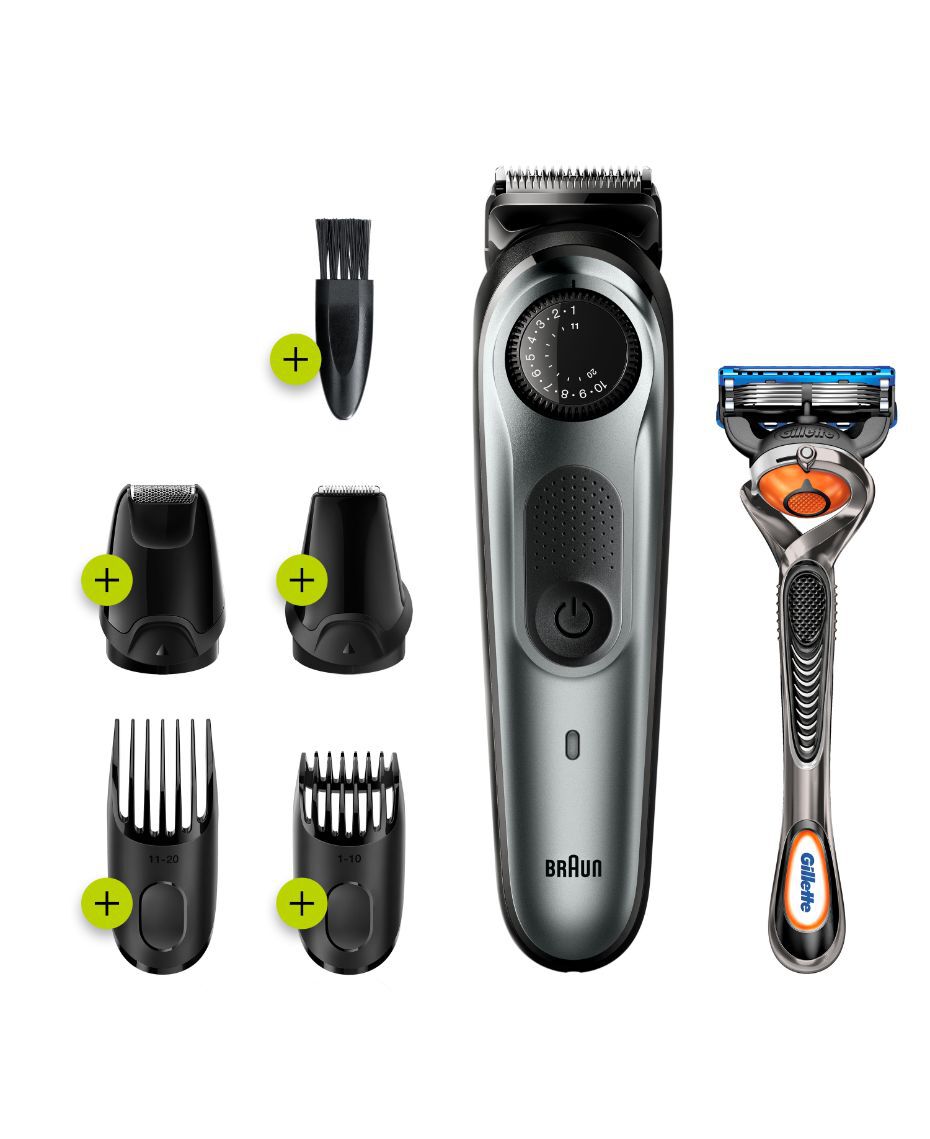The Mini Suitcase – Awaytravel
Made with the same durable polycarbonate shell as our full-size suitcases, The Mini is designed to stow (and protect) your small travel essentials, toiletries, and whatever else you need on the road.
Made with the same durable polycarbonate shell as our full-size suitcases, The Mini is designed to stow (and protect) your small travel essentials, toiletries, and whatever else you need on the road.
- Polycarbonate shell with zipper closure
- Interior mesh pocket and elastic strap
- Exterior D-ring (for attaching a key clip or keychain)
Size 6.8″ x 5″ x 3″
Weight 0.37lbs
Additional information
| Size | 6.8" x 5" x 3" |
|---|---|
| Weight | 0.37lbs |








Reviews
There are no reviews yet.